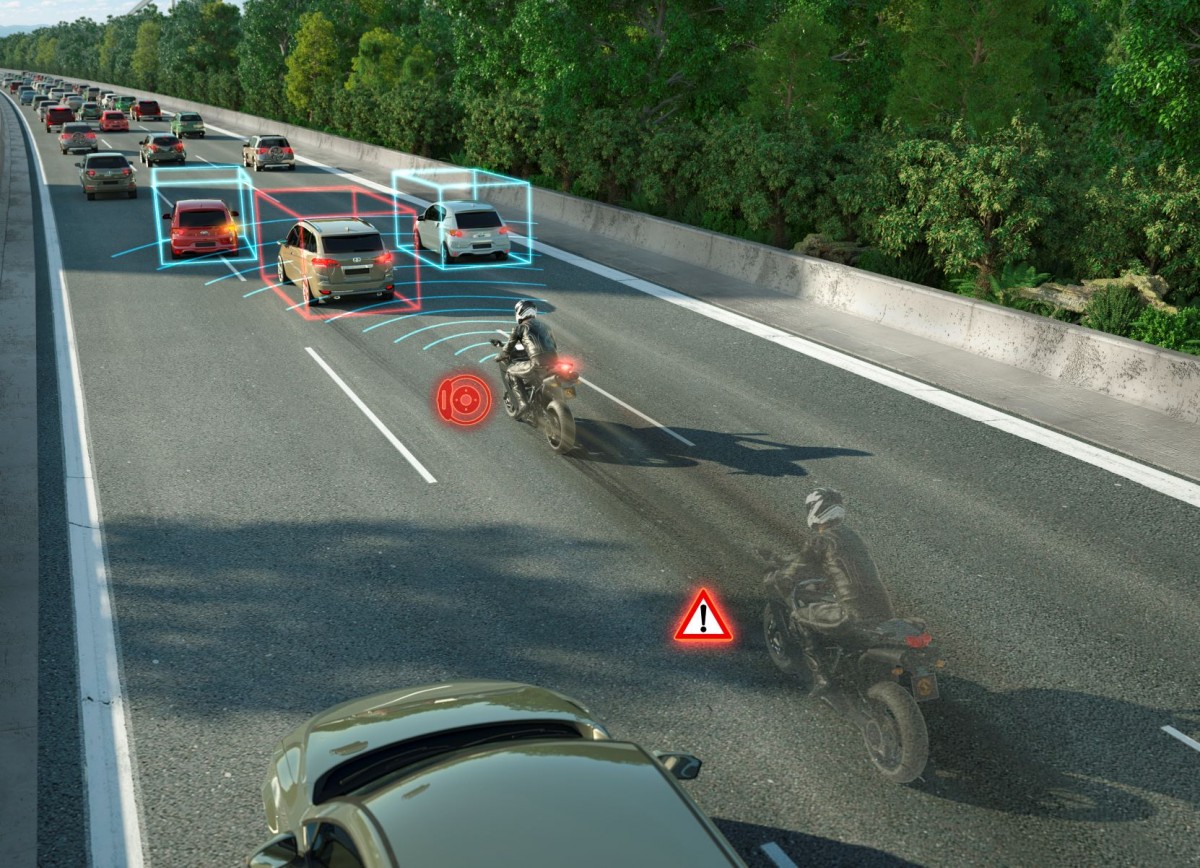

Continental has revealed that the technology company is dedicated to enhancing Indian road safety by strengthening its safety solutions portfolio. The brand is working towards safety solutions for the Indian two-wheeler market. Continental is targeting the Indian two-wheeler market as it is the largest in the world and projected to grow further. The brand’s aim is to deliver affordable and intelligent safety technologies. This will ensure Vision Zero, which is a future with zero fatalities, zero injuries, and zero crashes.
According to a report published in 2020 by the Ministry of Road Transport and Highways, around 37 per cent of those killed in road accidents in 2019 were two-wheeler riders. The authorities in 2019 mandated ABS (Anti-lock Braking Systems) for two-wheelers above 125cc. This new mandate will offer controllability, stability, and steerability for the rider and help them safely brake on the road. However, other crucial technologies will further enhance the safety of two-wheeler riders.
When riders apply brake in curves or turns, there is a high tendency of fall due to wheel lock. The new feature from Continental, known as oCB or Optimised Curve Braking, uses the lean angle information from the continental sensor box and depending on the incline, the ABS control becomes highly sensitive to prevent wheel lock. This makes braking safer even on curves.
Traction Control System reduces the wheel slip on the driven wheel on slippery roads and surfaces while accelerating. TCS uses wheel speed sensor information to monitor if the rear wheel is spinning faster than the front wheel. When the system detects a difference in the wheel speeds, it automatically reduces the engine torque on the spinning wheel. The brand also revealed that an extended function called Electronic Drag
Control (EDC) further helps to control the excessive wheel slip caused due to engine drag torque.
In easy words, this technology is basically anti-wheelie. FLP prevents the backward roll over and fall due to excessive drive torque. FLP function monitors the wheel behaviour to detect a liftoff situation and quickly adjust engine torque.
Thanks to MHG, the rider is able to hold the bike uphill or downhill stop in a situation without having to continuously hold the brakes. The system works with a special hand lever that locks the front wheel. This enables the rider to work on navigation or maps, take calls, etc.
Often riders neglect the tyre pressure in their two-wheelers, however, maintaining the optimal tyre pressure is paramount for safe riding and braking performance. The TPMS relays tyre pressure information using a sensor and displays it to the rider. Furthermore, Continental Deflation Detection System (DDS) also helps warn the rider when tyre pressure goes critical.
Continental is taking a step ahead in the of two-wheelers thanks to the brand’s ARAS (Advanced Rider Assistant Systems). The advanced two-wheeler safety technology includes:-
The Blind Spot Detection system can monitor the blind spots for the rider on the adjacent lanes with a radar sensor. The system also provides visual warnings to the rider in case of any approaching vehicles. A rearward-facing radar sensor also scans the road behind the rider and also next to the motorcycle. Thanks to this Lane Change Assist can provide a warning if a lane change is not recommended. Using a front radar sensor, the Forward Collision Warning system can alert the rider by giving a visual warning when the system detects a high risk of a collision.
Adaptive Cruise Control helps the rider with a more relaxed and safe riding experience for long journeys. The system is capable of detecting relevant objects in front using radar and also performing an automatic correction of the motorcycle’s speed. Emergency Brake Assist is one step above FCW. The system is capable of detecting an imminent collision with a vehicle ahead or with an obstacle. EBA then warns the rider and further supports the rider by initiating the braking manoeuvre.
Also Read: Continental ShyTech Display – What is it?